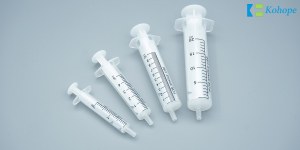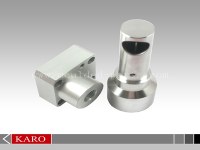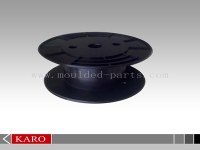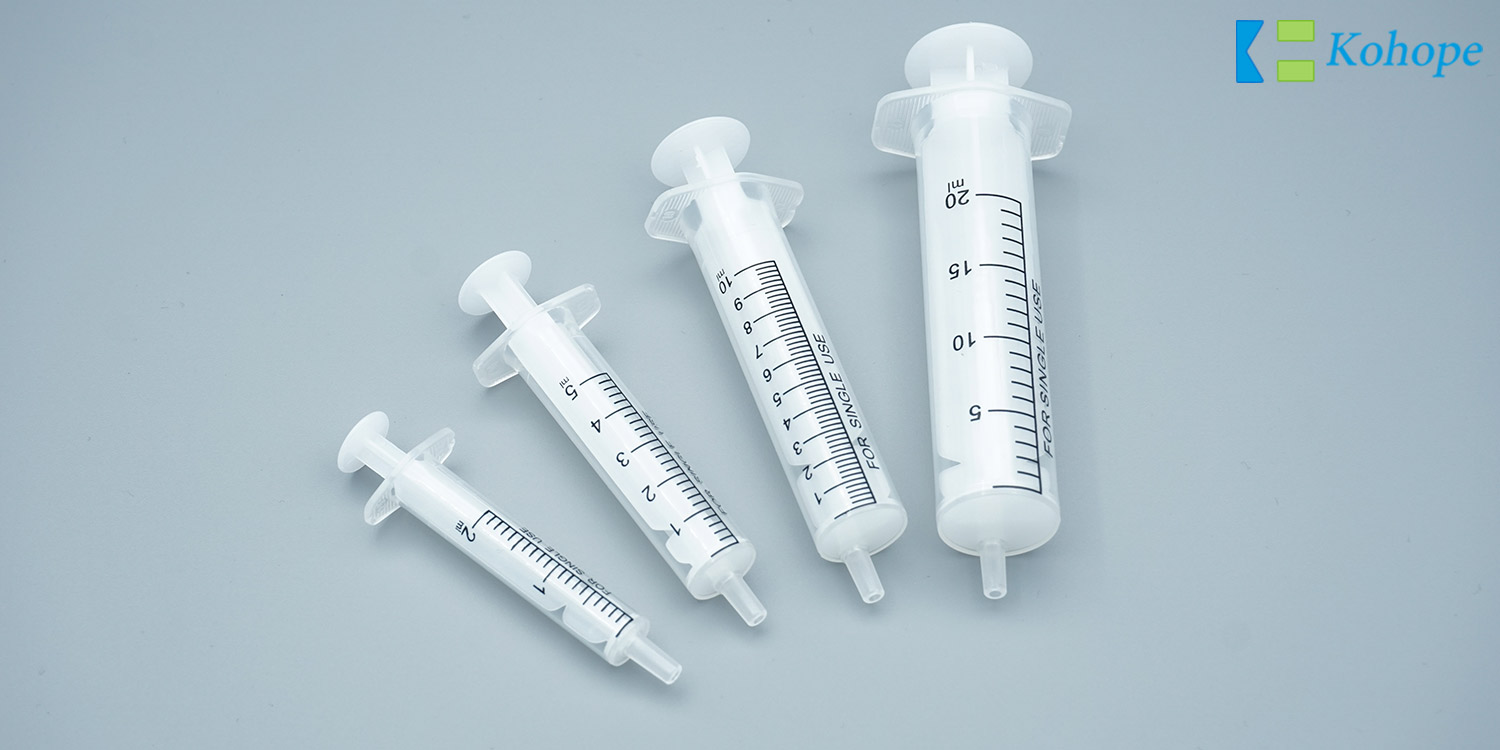The two part syringe is assembled by barrel, plunger, with/without hypodermic needle. There is a constriction near the barrel's handles which is a well-defined plunger stop and can effectively prevent the plunger from accidentally pulling out during use. The hypodermic syringes used together with hypodermic needles are intended to inject the drug for the patient or take out the blood for the patient.
What is the difference between 2 part syringes and 3 part syringes?
Syringes are the most commonly used medical and industrial instruments, but 'syringes' is just a general term, there are many different types of syringes on the market, to meet specific needs.
As two of the more common syringes, 2 part and 3 part syringes are both having qualities that make them ideal for a wide range of applications.
Sometimes, a researcher or engineer may hard to identify the source of various pollution in their process. One possibility is either the rubber or silicone oil in 3 part syringes. If that becomes obvious in your process, then you may have another choice - a 2 part syringe. Two-part syringes are briefly different since they do not use a rubber on the plunger tip to create a vacuum seal. On the contrary, they have been designed specially to avert other materials such as rubber or silicone oil.
Three-part syringes typically require a lubricant (most often silicone oil) to prevent the rubber from “grabbing” the barrel sides as it slides up and down. The rubber on the plunger tip acts as a sealant against the barrel and creates a vacuum for drawing material into the syringe. To prevent the sticking of the rubber against the solid material of the barrel, a manufacturer sprays the lubricant into the barrel during the assembly of three-part syringes. While standard three-part syringes are used for a much wider range of applications, two-part syringes offer distinct advantages for some applications.
To circumvent added lubricant, two-part syringes use an exactly engineered, slightly oversized plunger head that expands the barrel to create the vacuum. The design allows for a smooth gliding plunger to keep vacuum pressure without the rubber gasket. These syringes are useful for many sensitive applications, like chromatography, ophthalmics, industrial solvents, glues, paints and various laboratory applications.
Details Of 2 Part Syringes
Main material: PP, SUS304 stainless Steel Cannula (needle), Silicone oil.
Characteristic:
Different size, meet different requirement
Centric or side nozzle, clear and transparent barrel
Leakage-proof plunger guarantee, special design to prevent the plunger from slipping out
Sterilized by EO gas, non-toxic and pyrogen-free
With or without hypodermic needle
Soft Blister package available.
Other Notes Of 2 Part Syringes
Product ConformanceConform to ISO 7886-1 and ISO 7864In compliance with European Medical Device Directive 93/42/EEC(CE Class: W/needle: lla; W/O needle: l)
Quality AssuranceManufacturing process is in compliance with ISO 13485 and ISO 9001 Quality System.
Kohope Medical manufacture plant has passed FDA certifications and formed a strict quality tracing system from initial raw material selection to final products. Each production part can be traced making sure a high passing rate.
Localisation : Room 1001, Building B,No. 2888, South Qilianshan Road, Shanghai, 200331, China, 200331 Shanghai,
Personne à contacter : Wang Charlie, +86 21 60836338









